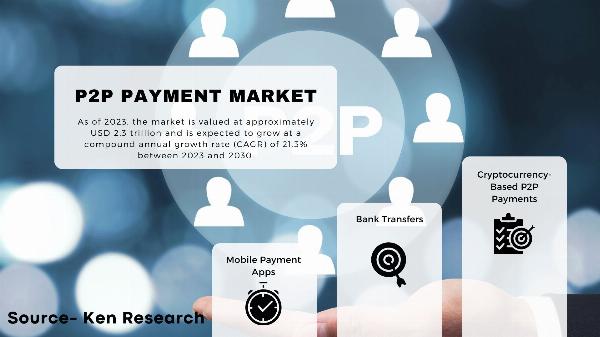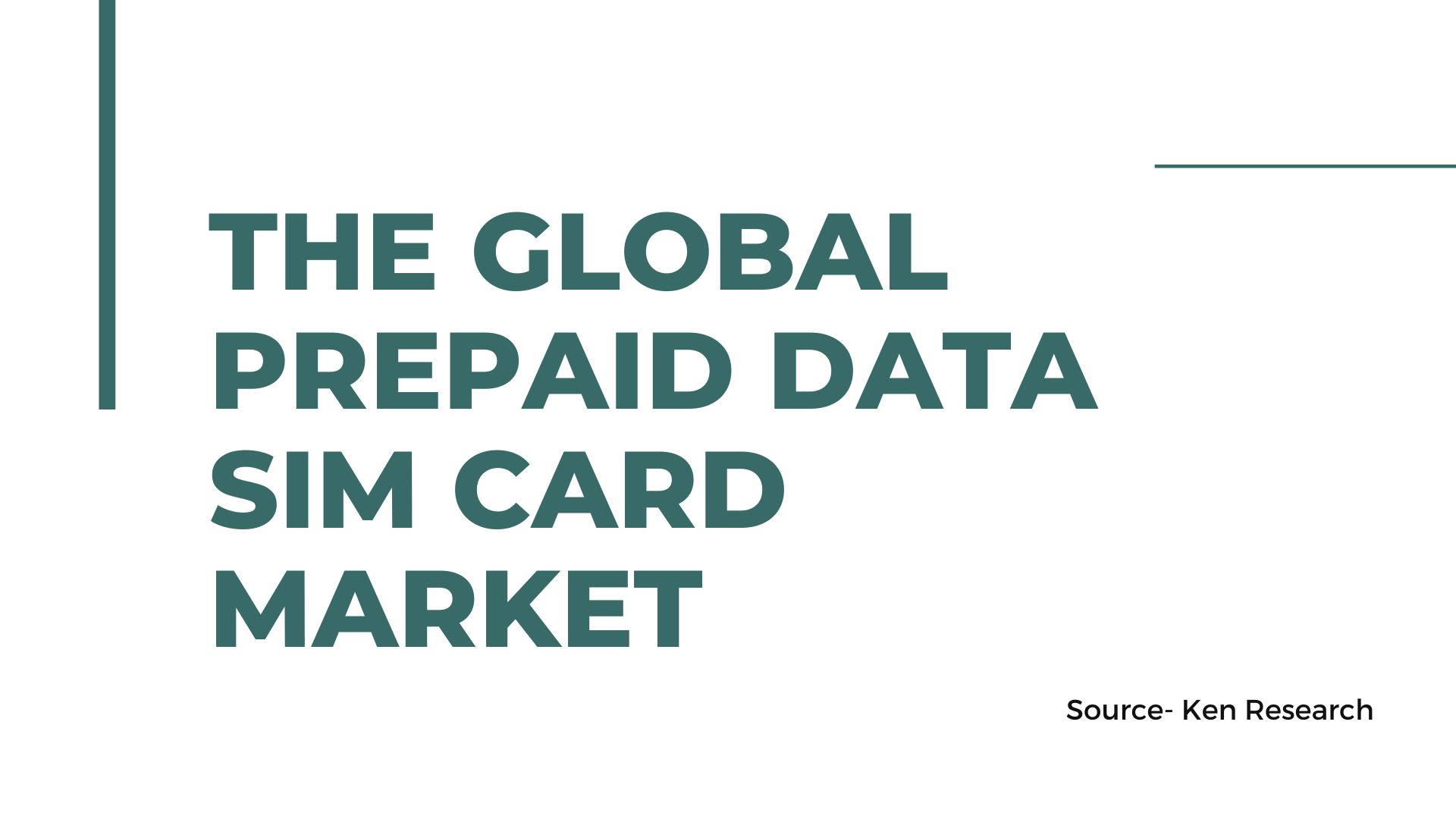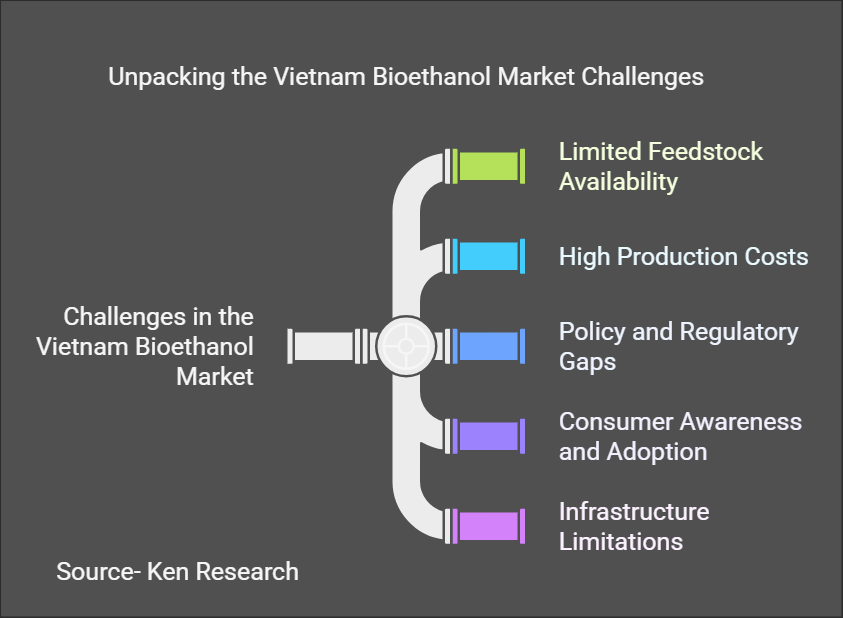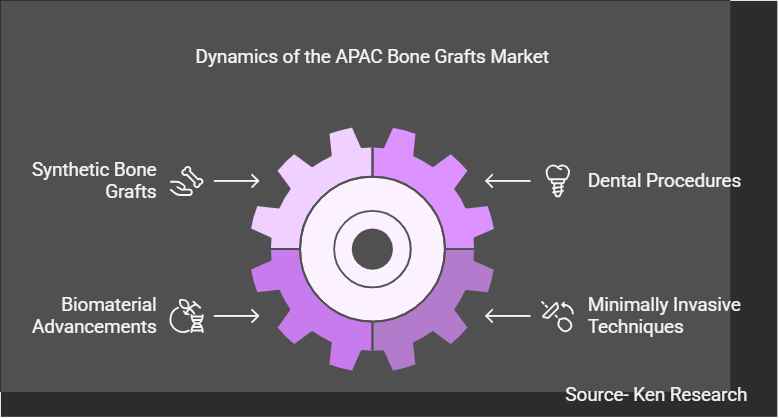 Newsletter Copywriting – Emails That Convert, Not Bore!
Newsletter Copywriting – Emails That Convert, Not Bore!
P2P Payment Market: Current Market Size, Growth Rate, and Payment Methods
Written by soniharshita » Updated on: June 17th, 2025

The global P2P payment market has experienced rapid expansion, fueled by the widespread adoption of smartphones, increased internet penetration, and the growing demand for digital payment solutions. As of 2023, the market is valued at approximately USD 2.3 trillion and is expected to grow at a compound annual growth rate (CAGR) of 21.3% between 2023 and 2030.

The rise in e-commerce, online banking, and digital wallets has further propelled the growth of P2P payments. In regions such as North America, Europe, and Asia-Pacific, there has been a significant shift towards cashless transactions, which has accelerated the adoption of digital payment platforms. Leading players in the market, including PayPal, Venmo, Zelle, and Cash App, have experienced substantial growth in their user base, transactions, and revenues.
Key Growth Factors
Several factors are contributing to the impressive growth of the P2P payment market:
Increased Smartphone Usage: The growing penetration of smartphones and mobile applications has made it easier for consumers to use P2P payment platforms, driving market growth.
Improved Internet Access: With global internet accessibility on the rise, especially in emerging markets, more people are turning to P2P payments as a convenient solution for money transfers.
COVID-19 Pandemic: The pandemic accelerated the shift towards digital payments, as consumers sought contactless payment options to avoid handling cash.
Technological Advancements: The integration of blockchain, artificial intelligence (AI), and machine learning into payment platforms has improved the security and efficiency of P2P transactions.
Increased Awareness of Digital Payments: Financial literacy and awareness campaigns across various regions have encouraged more individuals to adopt digital payment methods for everyday transactions.
Regional Overview
North America: The region leads the P2P payment market, primarily due to the widespread use of mobile payment apps and advanced banking infrastructure. The U.S. dominates the region, with companies like Venmo and Zelle gaining significant traction.
Europe: European countries, particularly in Western Europe, have also seen robust growth in the P2P market, thanks to favorable regulatory frameworks and the growing demand for instant payment services.
Asia-Pacific: This region is expected to witness the fastest growth over the forecast period. Countries like China and India are seeing massive adoption of mobile payment solutions due to their large population, increasing smartphone penetration, and government initiatives promoting digital payments.
P2P Payment Methods
There are several popular P2P payment methods available to users today. These methods offer various features and benefits, depending on user preferences and the platforms they choose. The most common payment methods include:
1. Mobile Payment Apps
Mobile payment apps dominate the P2P payment landscape. These apps allow users to link their bank accounts, credit/debit cards, or digital wallets to transfer funds seamlessly. Some of the most widely used mobile P2P payment platforms are:
PayPal: A pioneer in digital payments, PayPal remains one of the most popular choices for P2P payments. It allows users to send and receive money using their PayPal balance, bank accounts, or linked credit/debit cards.
Venmo: A subsidiary of PayPal, Venmo has become a popular platform, particularly among millennials. It provides an easy-to-use interface with social features that allow users to share payments with their contacts.
Zelle: Zelle enables direct bank-to-bank transfers within minutes, making it a fast and efficient option for P2P payments. Many U.S. banks are integrated with Zelle, making it a widely used platform.
Cash App: Cash App, developed by Square, allows users to send and receive money, buy Bitcoin, and invest in stocks. It has gained popularity due to its simplicity and integration with financial services.
2. Bank Transfers
Traditional bank transfers remain a popular P2P payment method, especially for larger transactions. Many banks now offer mobile and online banking services that allow customers to transfer funds between accounts in different banks. While this method may not be as fast as mobile apps, it is highly secure and reliable.
3. Cryptocurrency-Based P2P Payments
With the rise of cryptocurrencies, blockchain-based P2P payments have emerged as an alternative to traditional payment methods. Platforms such as Bitcoin and Ethereum offer decentralized, peer-to-peer networks that facilitate secure transactions without intermediaries. These payments provide enhanced security and anonymity but are still in the early stages of mainstream adoption.
4. Social Media and Messaging Platforms
Social media and messaging platforms like Facebook Messenger, WhatsApp, and WeChat have integrated payment functionalities, allowing users to send money directly through their apps. These platforms provide a convenient way to transfer funds to friends and family, especially in regions where these apps are widely used.
5. Near-Field Communication (NFC) Payments
NFC technology allows users to make P2P payments by simply tapping their smartphones or contactless cards. Services like Apple Pay and Google Pay enable users to transfer funds by bringing their devices close to an NFC-enabled terminal. NFC payments are fast, secure, and growing in popularity, particularly for in-person transactions.
Read More- The Ecosystem of the Global Coffee Market
6. QR Code Payments
QR code payments have become increasingly popular in Asia, particularly in countries like China and India. Users can scan a QR code displayed by a vendor or another individual to complete a payment. Apps like Alipay and WeChat Pay have revolutionized the use of QR codes for P2P payments, making it a common method for small, everyday transactions.
Conclusion
The P2P payment market has seen remarkable growth in recent years, driven by advancements in technology, changing consumer behavior, and the need for more efficient, contactless payment solutions. As the market continues to evolve, we can expect new innovations in P2P payment methods, further enhancing the speed, security, and convenience of transferring funds.
Note: IndiBlogHub features both user-submitted and editorial content. We do not verify third-party contributions. Read our Disclaimer and Privacy Policyfor details.
Copyright © 2019-2025 IndiBlogHub.com. All rights reserved. Hosted on DigitalOcean for fast, reliable performance.
















